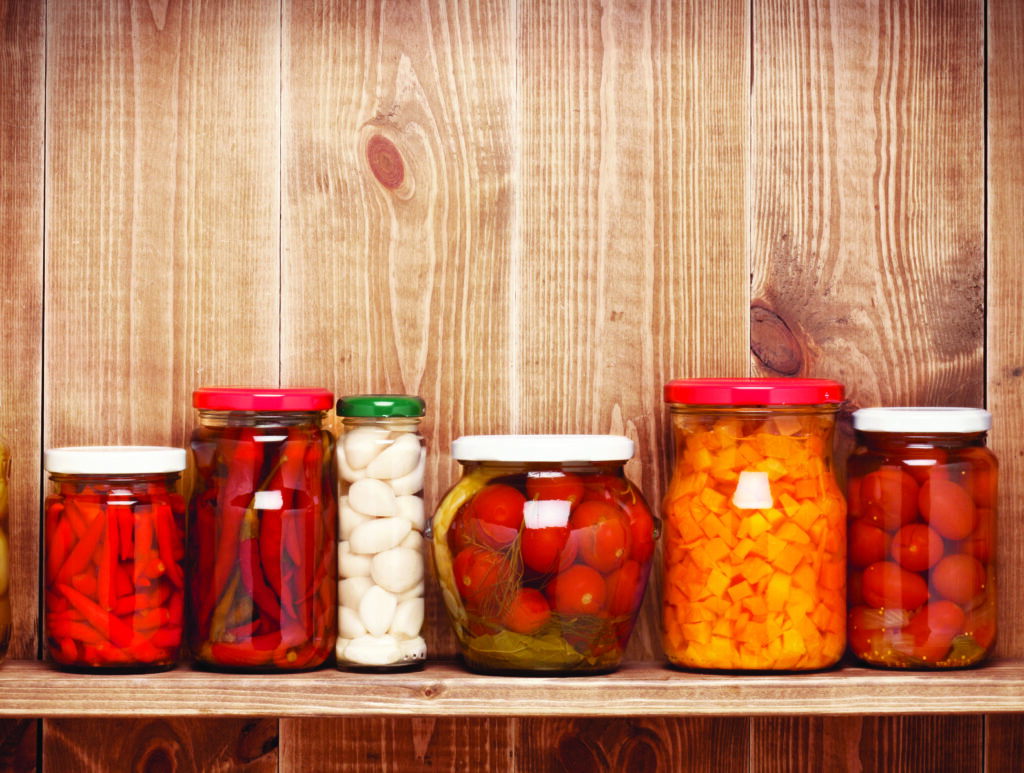In the olden days, when our parents’ parents were new parents, “Putting food by” was a big job.
The ice box was the king of the kitchen back then. It kept the milk cold, and the fish from smelling like, well, fish. Then electric refrigerators made the ice man obsolete. But we did chase the ice truck to get a splinter to suck on in the summer when I was a boy.
The tiny freezer in the top of the fridge gave way to big white boxes the size of coffins that could hold everything from snacks, and drinks to feasts. What if the power goes out? Don’t open the coffin or the cold will escape.
When that happened, mom or grandma went down to the root cellar and brought up jar after jar of fruit and vegetables that they “put by” when the food was in season and abundant. The best fruit came near the end of the run, when it was small in size and big in flavor.
It took planning, a lot of work, and plenty of jars and big pots. The inside lids had to be replaced every year because dents or bents would not seal and keep food safe.
Canning is making a comeback because there is something satisfying about taking a jar from the pantry, and serving a dessert of ice cream topped by peaches that you “put by”… even if the ice cream is store-bought. And in Florida— with its history of lightning storms, tornadoes, and hurricanes— you never know when the power will go out for an hour, a day, or perish the thought, longer.
First things first. You need canning jars.
If you have a big family you can use big jars. Small family, small jars. And the size depends on what you are going to put in them. Pickled peaches call for large jars. Small jars are fine for corn off the cob and relish.
Don’t use the old jars your grandma had with glass or porcelain tops that used rubber rings. They’re nice to look at and fine for dry ingredients such as beans and cookie mixes, but not safe. Don’t use old recipes either. Folks used to bring the food to boiling in a big pot and ladle it into jars and slap on a lid. That’s not the way to do it these days because the heat of boiling (212 degrees Fahrenheit) doesn’t destroy all the bad little buggies that can grow in your food.
Get a big canning kettle and strong tongs. Or invest in a pressure canner. Like a pressure cooker but bigger. The pressure brings the temperature to 250 degrees.
What to Can and What Not to Can.
Low acid foods need the pressure canner. High acid foods are fine in the boiling water bath. Tomatoes have been developed to be sweeter and low acid. If you’re going to do them you need to add acid in the form of vitamin C, lemon juice or vinegar.
Low-acid foods include meats, dairy, seafood, poultry, all vegetables (except tomatoes), and many fruits (notably figs). Let’s leave the low acid for another time and go the simple route.
Higher acid foods (and those which have been acidified) that may be safely canned in a boiling water bath canner include jams, jellies, pickles, applesauce, apple butter, peaches, peach butter, pears, pear butter, spaghetti sauce without meat, tomatoes, and ketchup.
Canning for the Novice
Canning is not something to be careless about. It takes time and attention to detail— more than you can get in one short article. Spend a few dollars on a good book that gives you chapter and verse on what and how to can. The book entitled Canning & Preserving for Dummies by Karen Ward is a good starter.
The Ball Blue Book of Preserving is the bible on canning. It has been around so long that many of our grandmothers swore by it. It’s simple and accurate on what to can and how to do it safely. The book includes instructions and recipes for jam, jellies, pickles, sauces, canning vegetables, meats, etc. If it can be canned, you find out how to do it here.
Instead of buying bits and pieces until you have what you need; you can get a complete kit with a pressure canner and all the extras. The pressure canner, when used without the pressure parts, works fine as an open canner.
Do some research on the Internet. Compare prices and features. There is little point in saving a couple of dollars if your family’s health is at risk every time you open a jar. And once you know the rules, let your imagination take over to make something new the old fashioned way.
CREDITS
story by TRENT ROWE, Food Editor
